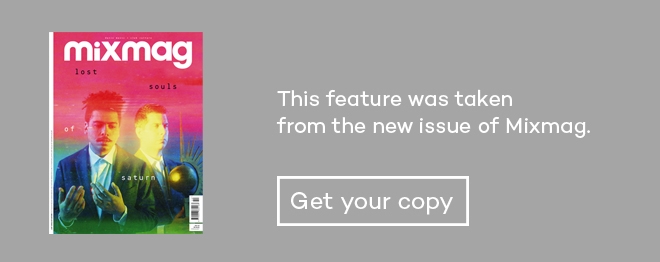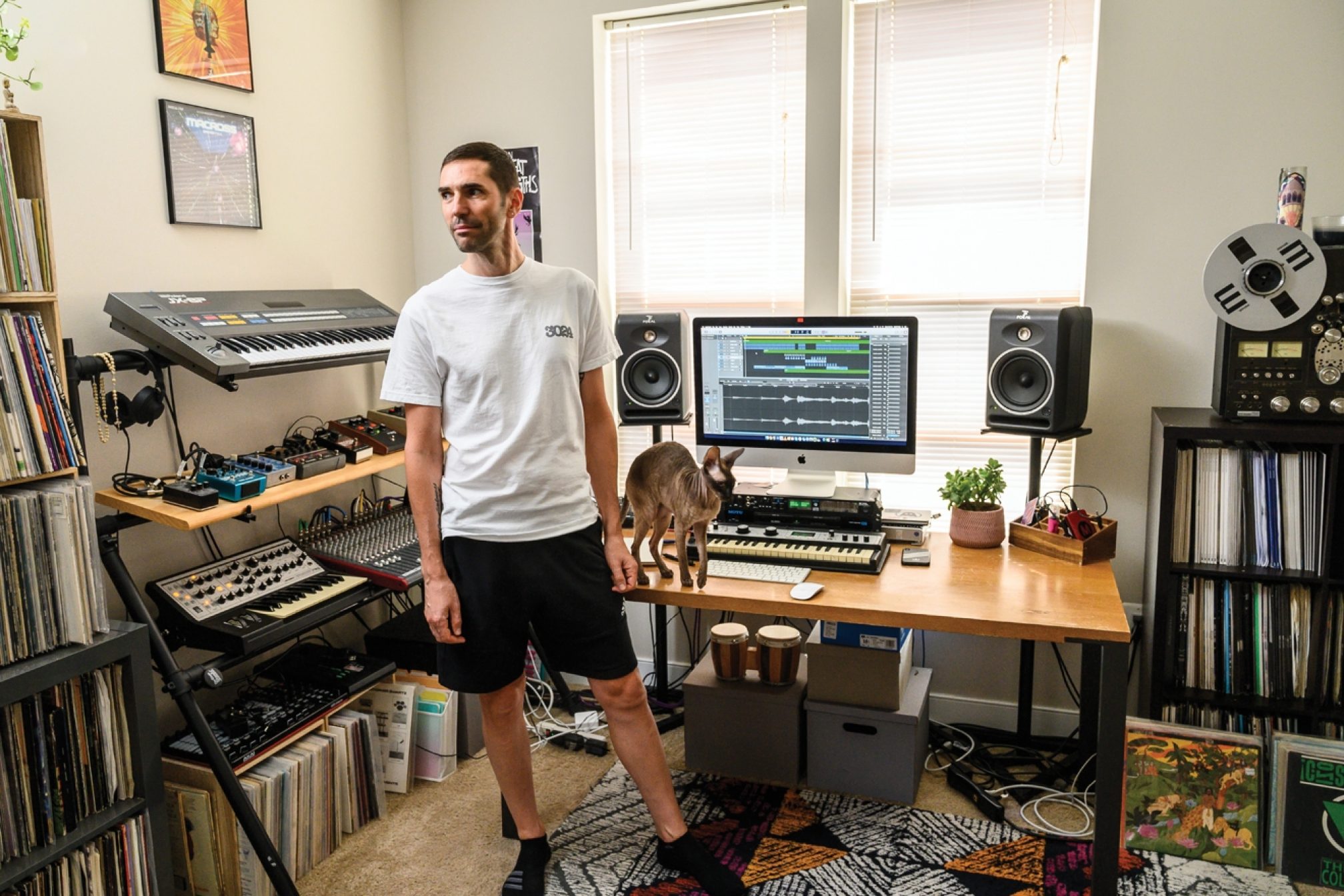 Tech
Tech
"Connecting the story": How Martyn made ‘B.C.2’
Bass specialist Martyn on the making of his Ostgut Ton whalloping ‘B.C.2’
What inspired the track?
I don’t like to spend too much time in the studio. I’m not a person who endlessly jams away until things happen randomly. I am, however, always listening to music, sampling, organising samples, or recording ideas I have into my voicemail. Usually I have a few sounds or samples in my head, then when the idea becomes more concrete I start making it.
On this one, I was working on my live set and fooling around with parts from an older song. I sped them up for a drum ’n’ bass part towards the end of the set and thought it sounded cool, so I wrote a little bassline in Logic. For a lot of my bass sounds, I use either a Moog Minitaur for rounder sounding basses or my Sub Phatty, which is more aggressive-sounding.
Usually I record a bunch of takes with different settings and then decide later which is suitable. After the bassline, I made the basic beat using a sample folder that my brother, who’s a drum ’n’ bass producer, gave me.
Read this next: "Make it feel like the walls are caving in": How Overmono made ‘Daisy Chain’
How did you finish it?
Once I feel I have a few basic elements in Ableton Live, I record everything and continue in Logic. My tunes usually start out sounding quite dry. I hardly use any plug-ins; most of the reverbs and delays and some low-pass filtering come from outboard FX. I love my Eventide reverb, and use several different delay pedals. All this comes together on my desk and is recorded back into Logic.
During the making of a tune I constantly move around the arrangement. This means a lot of listening to the entire track and not getting too stuck on details. Once the ‘story’ is there, I spend time connecting the various parts.This particular track has a lot going on, so it was hard to give everything its space in the mix while keeping the energy. It took me a little while to bring the pads in correctly, but it does create a nice moment once they’re in.
A thing I do when mixing down tracks is to group together elements that are similar and balance those separate channels/buses. The mixdown becomes a lot easier to manage. I avoid plug-ins that do too much to the original signal – I’d rather just use a little bit of compression and limiting – but that’s about it.
Read this next: "Work all the fucking time": How Marie Davidson made 'Work It'
Check out Martyn's studio below.
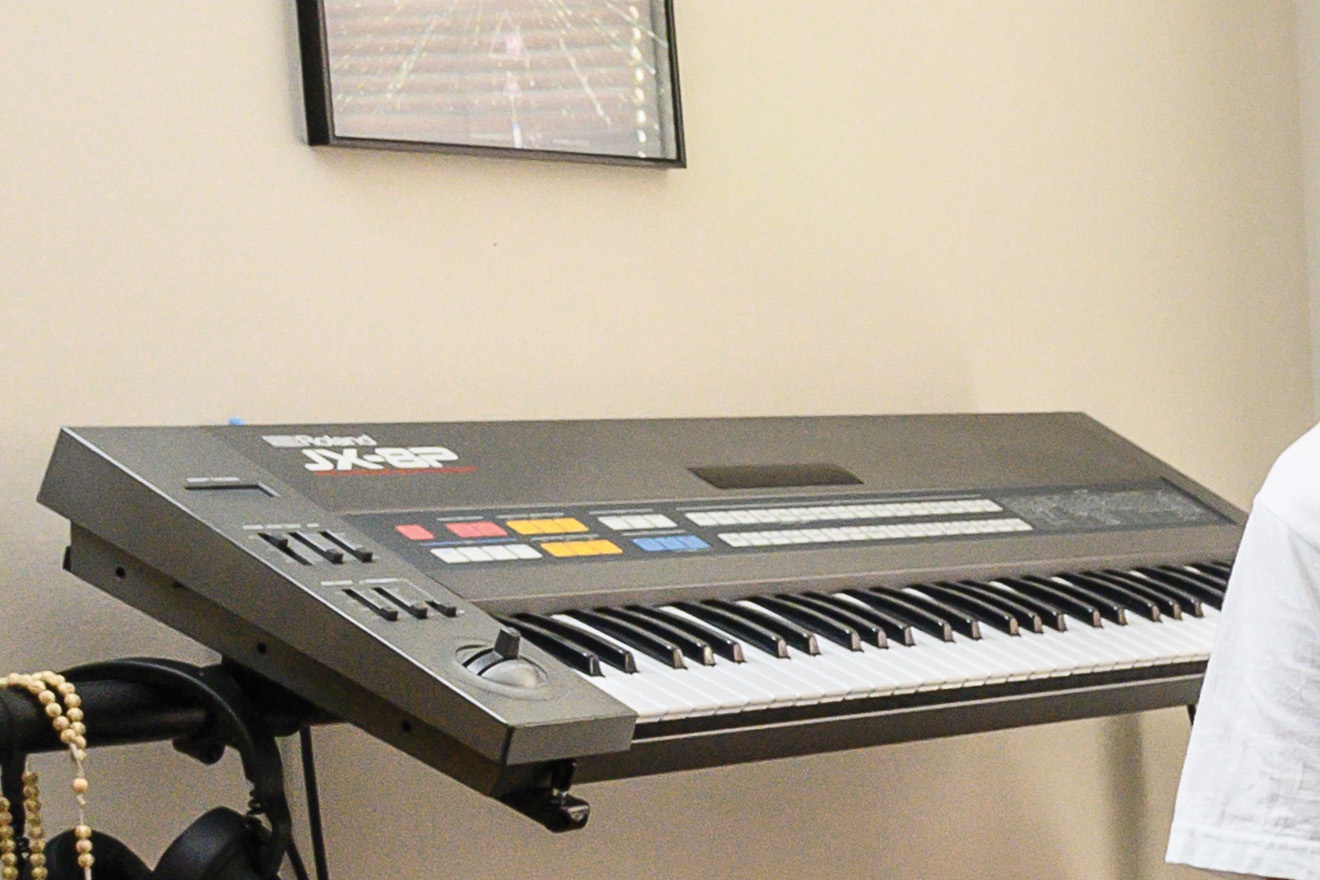
Roland JX-8P
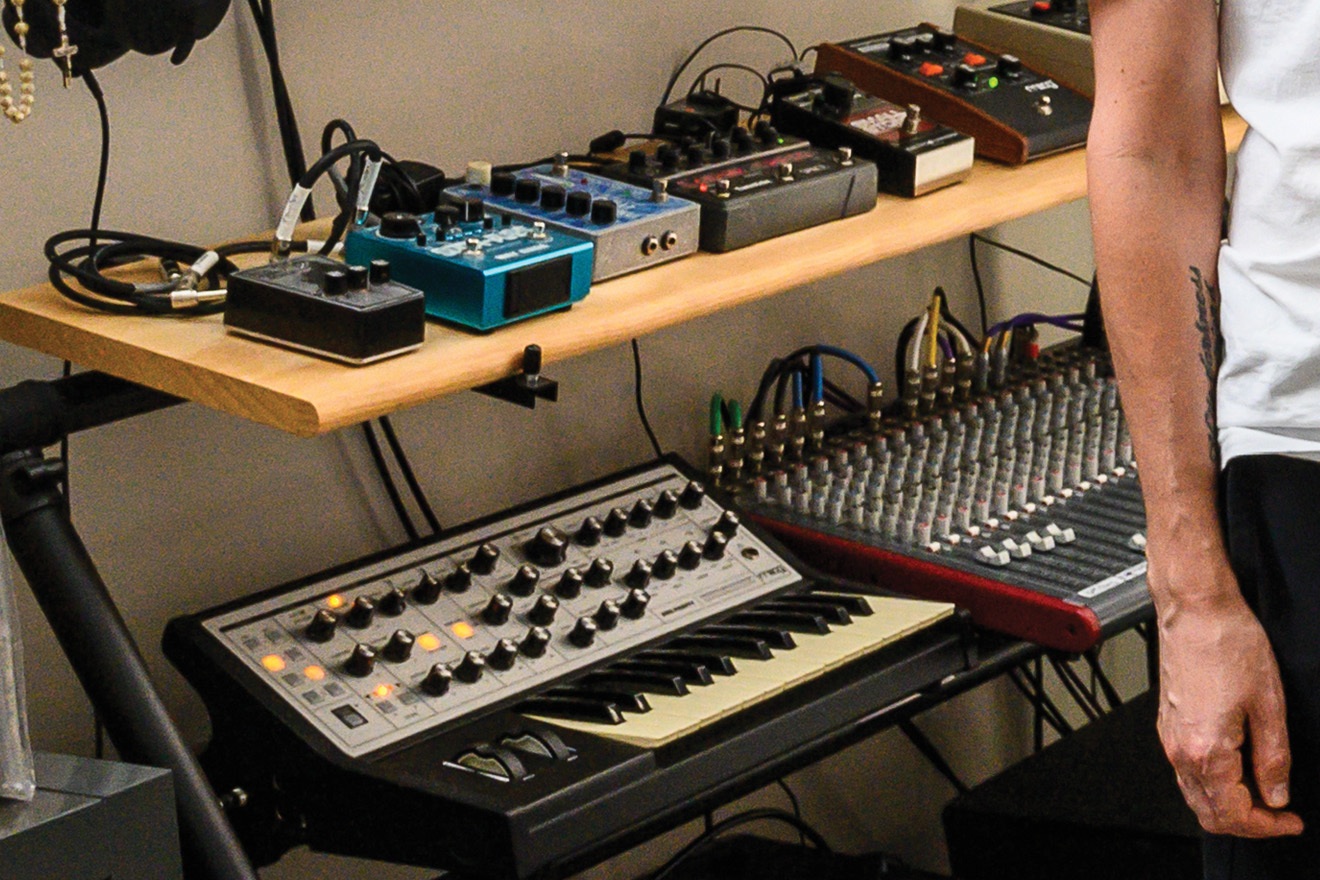
Kill Woody Allen delay; Way Huge Aqua Puss; Electro Harmonix stereo memory with Hazarai delay; Eventide Space; Electro-Harmonix Small Stone; Moog Moogerfooger; Jahtari Monotron delay; Moog Sub Phatty; Allen & Heath ZED24
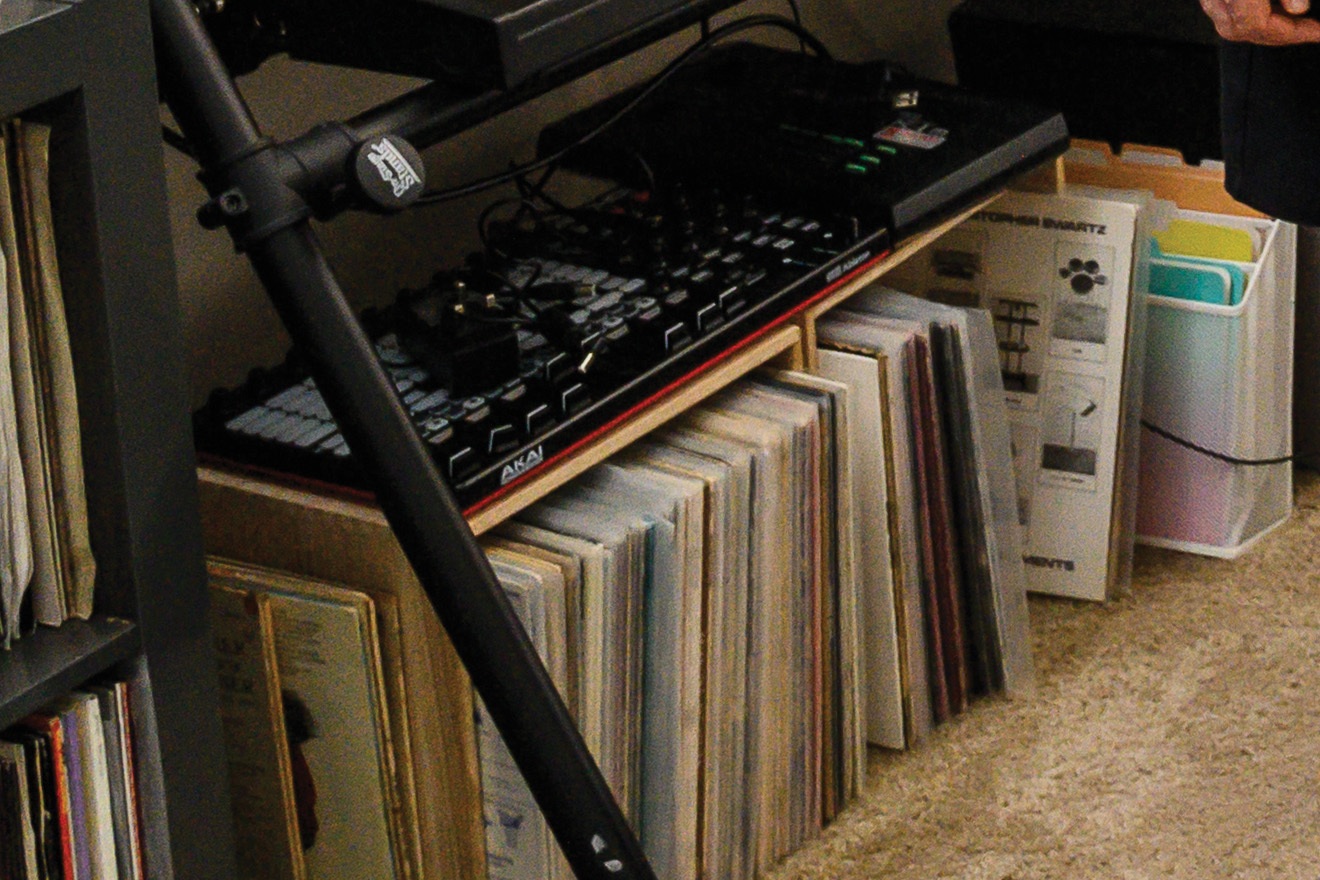
Akai APC40 MK2 (for live performances); Kawai K1m
Read this next: "Controlled coincidence": How Kasper Marott makes his rave-fuelled techno

Focal CMS65 monitors; iMac; a cat; MOTU 828X; Korg MicroKorg XL
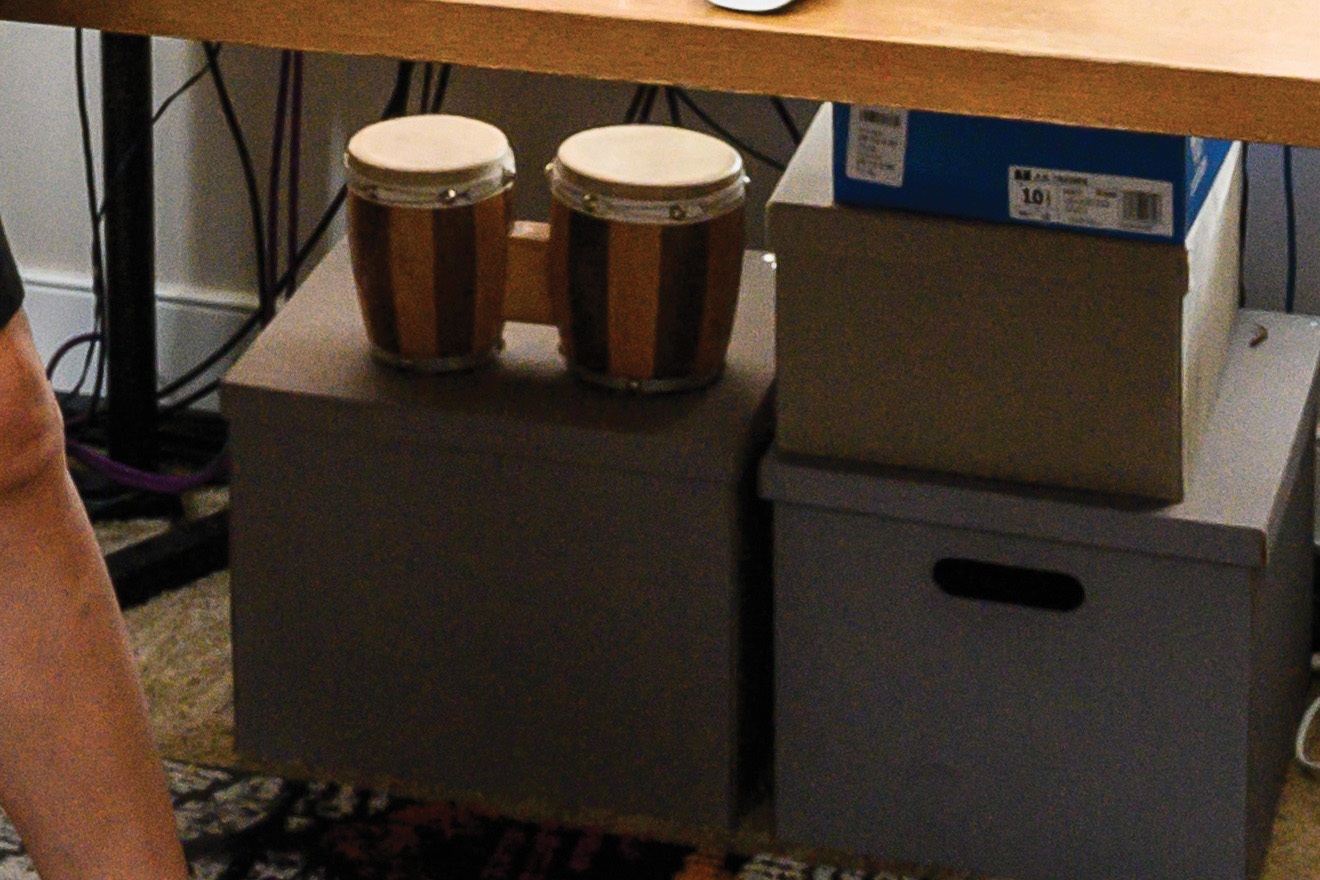
My daughter’s bongos

Technics RS-1700
Martyn’s ‘Odds Against Us’ EP is out now on Ostgut Ton
Read this next: Get the best of Mixmag direct to your Facebook DMs

